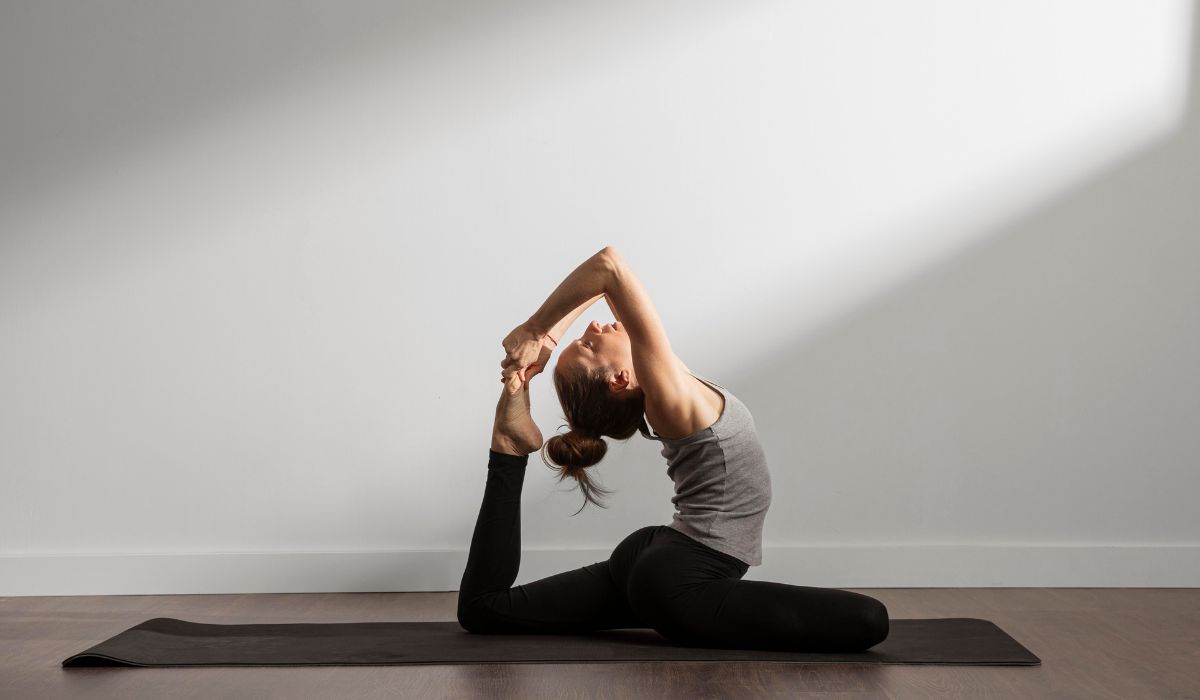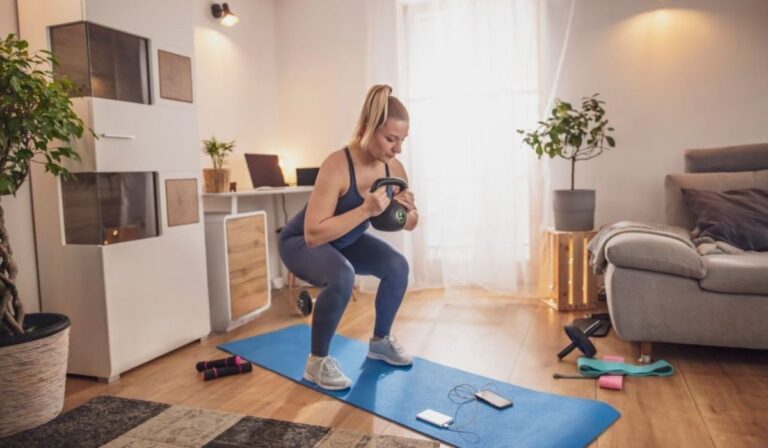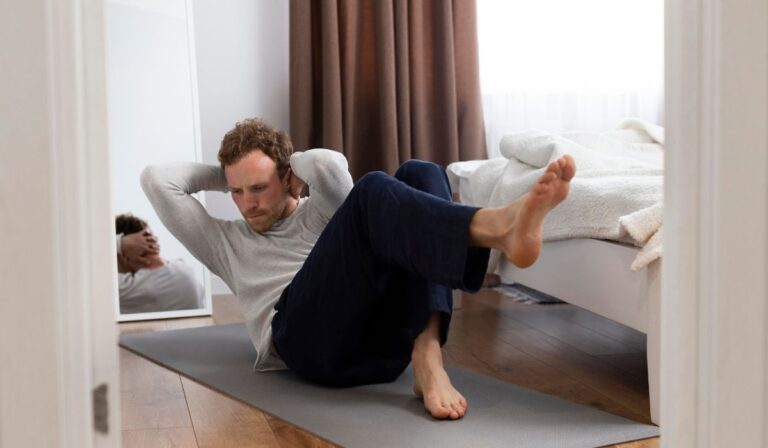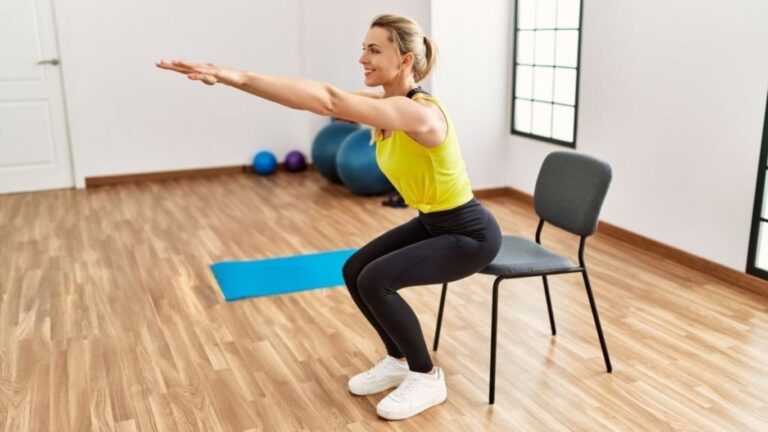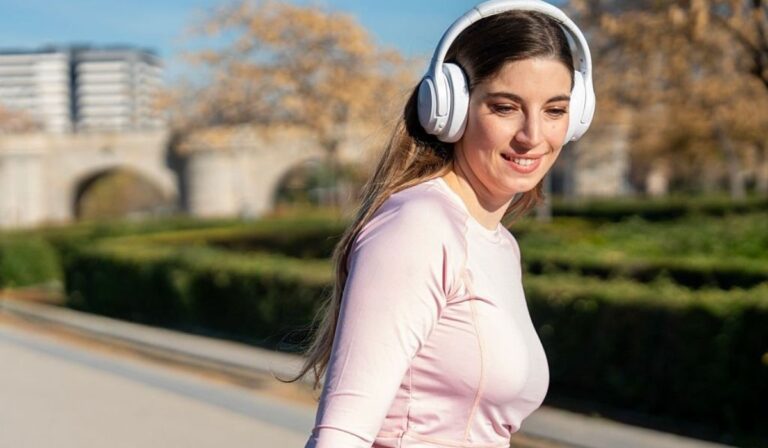3 Beginner-Friendly Yoga Poses to Build Core Strength, According to a Yoga Teacher
Core strength isn’t just about sculpted abs or looking good in workout clothes. It’s essential for the way you move every day—whether you’re picking up groceries, sitting at your desk, or playing with your kids.
Yet many people think core training is all about crunches and sit-ups. While those exercises have their place, yoga offers a more holistic approach. It strengthens not just the visible abs but also the deep stabilizing muscles that support your spine and improve your posture.
I spoke with certified yoga teacher Ayesha Malik, who explained:
“Yoga trains your core in an integrated way. Instead of isolating muscles, you learn to engage your entire midsection in harmony with your breath. That’s what keeps your back healthy and your movements strong and smooth.”
For beginners, Ayesha recommends three accessible yoga poses to build a solid, functional core. Here’s how to do them.
1. Modified Plank
Why it’s great: It teaches you to brace your entire core while keeping your spine neutral, which is crucial for everyday movements.
How to do it:
- Start on all fours with your hands under your shoulders.
- Walk your feet back until your body forms a straight line from head to heels.
- If a full plank is too challenging, drop your knees to the floor while maintaining a straight line from head to knees.
- Gently pull your belly button in toward your spine without rounding your back.
- Keep your neck long and gaze down.
- Hold for 15–30 seconds, breathing slowly through your nose.
- Rest and repeat for 2–3 rounds.
Pro tip: Quality over quantity. Avoid letting your hips sag or pike up.
2. Supported Boat Pose
Why it’s great: It builds deep abdominal control and balance without straining the lower back.
How to do it:
- Sit on the floor with knees bent, feet flat.
- Hold behind your thighs for support.
- Lean back slightly, keeping your spine straight and chest lifted.
- Lift your feet so your shins are parallel to the floor.
- Engage your core and balance on your sit bones.
- Hold for 10–20 seconds.
- Lower your feet with control and rest. Repeat 2–3 times.
Options to modify:
- Easier: Keep your feet on the floor and just lean back.
- Harder: Straighten your legs to form a V-shape.
Pro tip: Keep breathing steadily, even if it’s challenging.
3. Dead Bug Variation
Why it’s great: This move teaches you to stabilise your spine while moving your limbs, training the core for real-life tasks.
How to do it:
- Lie on your back with arms extended toward the ceiling and knees bent at 90°.
- Press your lower back gently into the mat to engage your core.
- Slowly lower your right arm behind you while extending your left leg toward the floor.
- Stop if your lower back starts to arch.
- Return to the starting position.
- Switch sides.
- Perform 5–8 reps per side in a slow, controlled manner.
Modification:
If coordinating arm and leg is tough, try moving just one limb at a time.
Pro tip: Move slowly. It’s not about speed but control and keeping your back stable.
Final Thoughts
Building core strength with yoga isn’t about endless crunches or holding planks until you shake. It’s about training your body to work as one connected unit.
As Ayesha puts it:
“When you learn to engage your core in yoga, you carry that strength into everything you do. It’s not just stronger abs—it’s a stronger, more confident you.”
If you’re new to yoga or core training, start with these poses a few times a week. Over time, you’ll notice not only better core strength but also improved balance, posture, and ease of movement in daily life.

